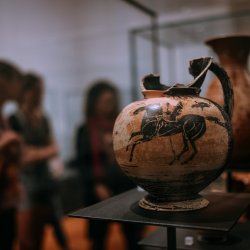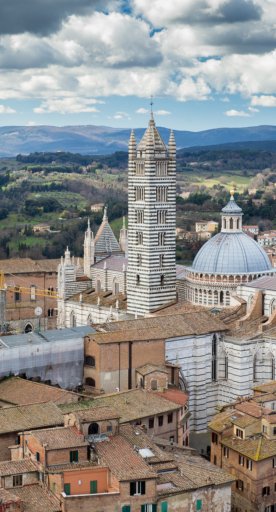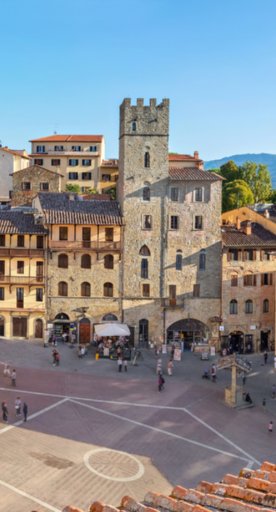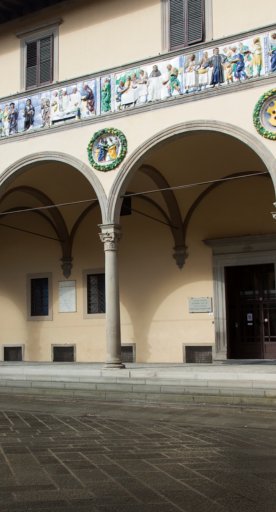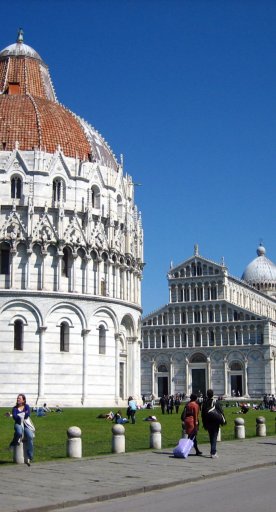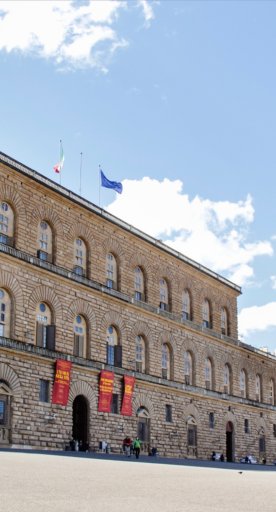

Livorno's accessible museums
Here is a guide to discover all the cultural realities without barriers, for an increasingly accessible tourism
Founded in 1606 at the behest of the Medici family, Livorno soon became a welcoming oasis for all those persecuted on religious and political grounds, enriching itself precisely through the influence of these many social contaminations.
Always linked to the sea, in the second half of the 16th century, due to the military and commercial strategies of the Medici, it became one of the main ports of Europe.
Thanks to all these factors, Livorno is still today a fervent cultural reality.
Here are Livorno's barrier-free museums and attractions for visitors in wheelchairs or with mobility problems.
-
1.Museum of the City of Livorno
-
2.Museum of Natural History of the Mediterranean
-
3.Giovanni Fattori Civic Museum
-
4.The Cathedral of Livorno
Museum of the City of Livorno

The Museum of the City of Livorno, or more appropriately the Museum of the City Collections, offers an extensive exhibition itinerary that through works of art, photographs, relics and archaeological finds recounts the historical and cultural evolution of Livorno, from its origins to the present day.
The museum facility is housed in the former Bottini dell'Olio building, a large 18th-century oil warehouse commissioned by Cosimo III with large rooms and vaulted ceilings, once used to store oil and now a place dedicated to temporary exhibitions.
The museum also boasts a valuable permanent collection of contemporary art, located in the Baroque interiors of the deconsecrated Church in Piazza del Luogo Pio - next to the Bottini and connected with them - which houses in its rooms paintings and sculptures by internationally renowned Italian artists.
The museum has a ramp at the entrance and an elevator. A wheelchair is available at the ticket office.
Museum of Natural History of the Mediterranean
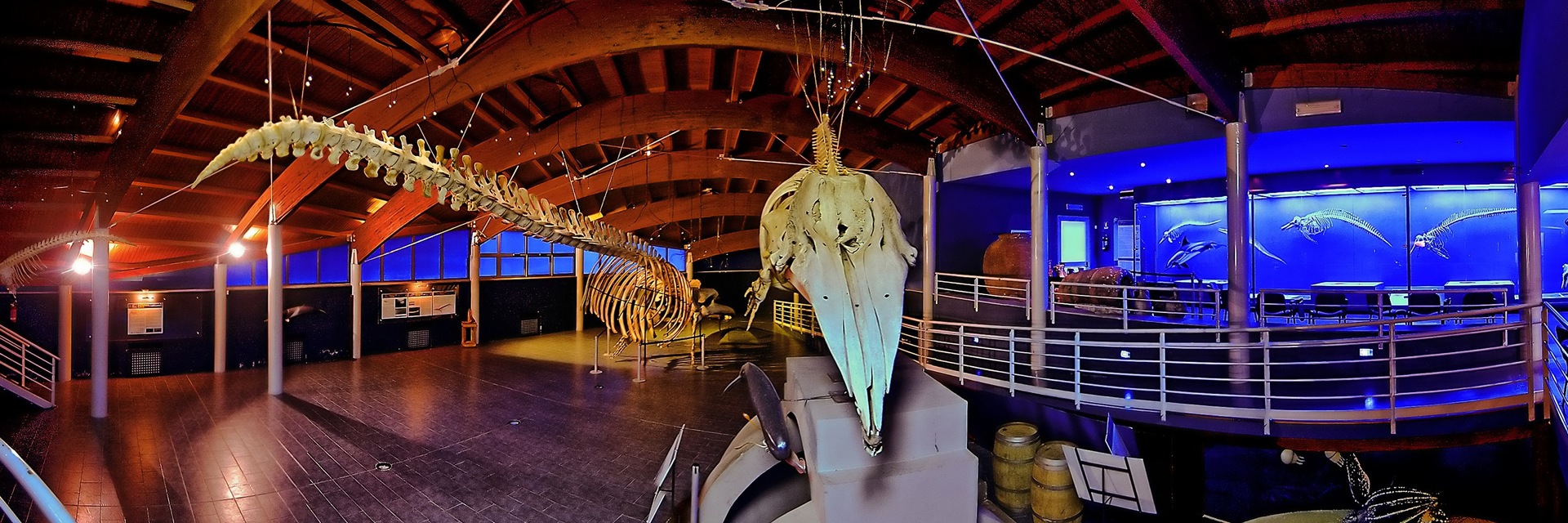
The Museum of Natural History of the Mediterranean is a research center active in the preservation and conservation of the natural heritage, but also a center of scientific culture and educational activities for schools.
The Hall of Man (Sala dell’Uomo) describes the topic of human evolution both physically and culturally, with special reference to the peoples of the Mediterranean area.
In recent times, other rooms have been set up: the Hall of the Sea (Sala del Mare), dedicated to the cetaceans of the Mediterranean - the result of years of recovery and study of specimens stranded on the Livorno coast - the Hall of Invertebrates (Sala degli Inverterbrati) and the Botanical Garden.
The museum has elevators and walkways to allow for usability for all types of users and has paneling for the visually impaired.
Giovanni Fattori Civic Museum
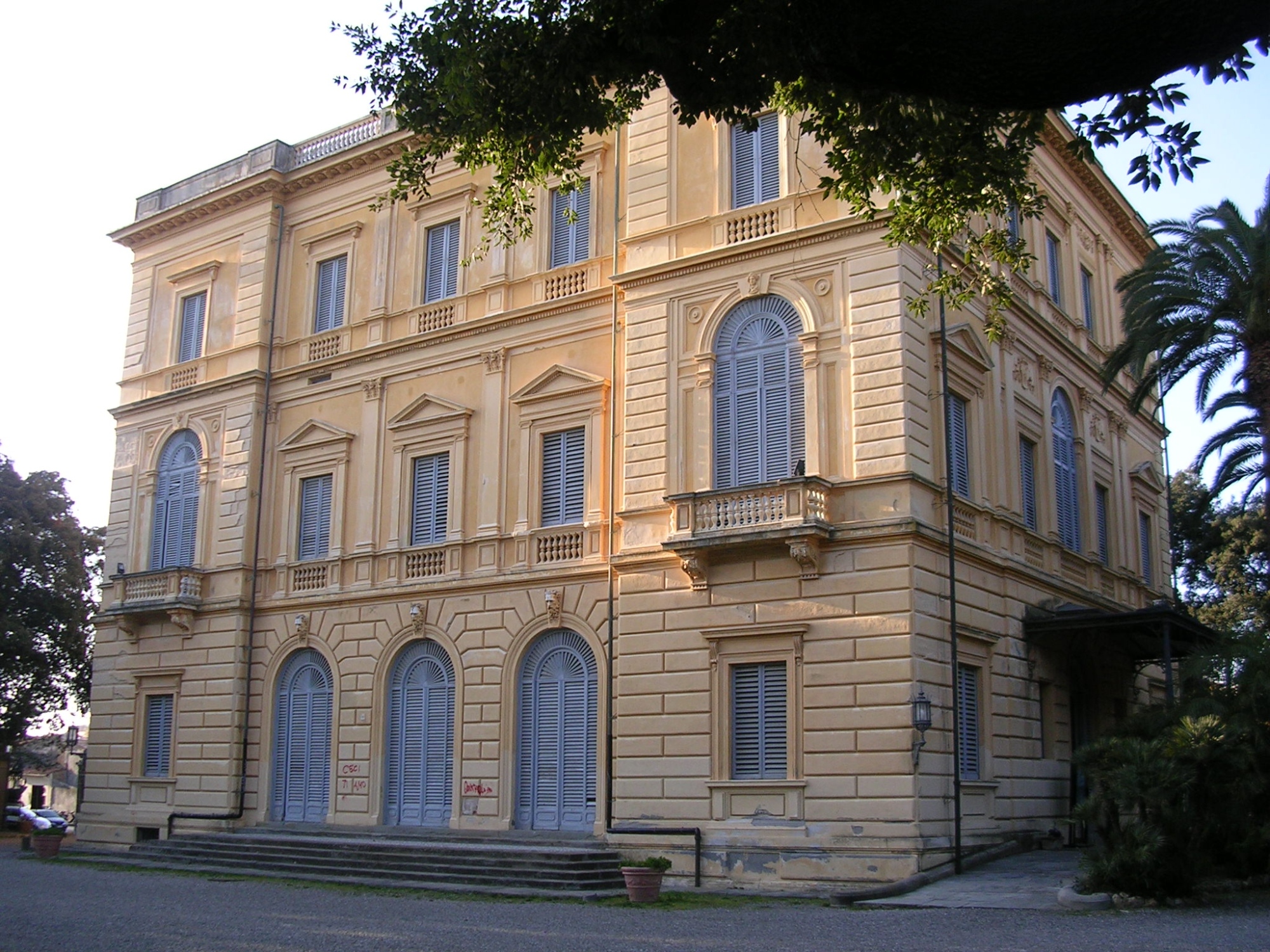
The Giovanni Fattori Civic Museum is located in the splendid Villa Mimbelli and preserves a rich art collection of Livorno and Tuscany.
The collection begins with the work by Enrico Pollastrini, an artist with a Romantic bent and still tied to the academy, and reaches the high artistic expression of the works by Fattori and other leading exponents of the Macchiaioli school and the Postmacchiaioli movement.
The museum has a ramp at the entrance and an elevator. A wheelchair is available at the ticket office.
The Cathedral of Livorno
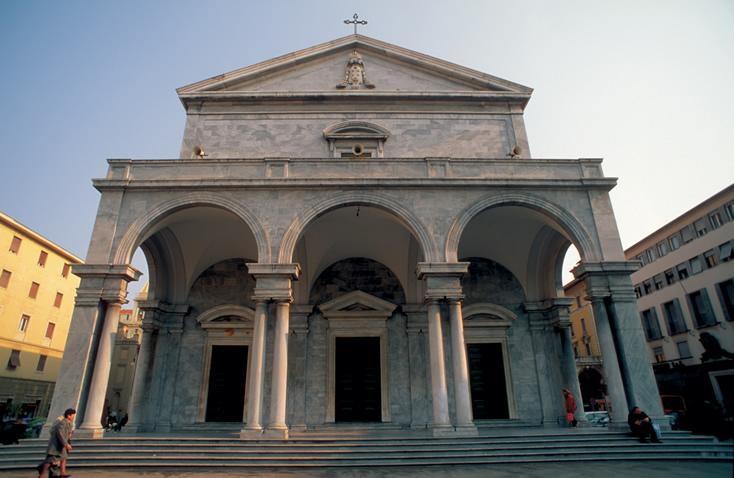
The Cathedral of Livorno, dedicated to St. Francis, has a façade completely rebuilt after the bombings of World War II, with a portico with round arches, which some attribute to Inigo Jones, the father of English Renaissance architecture.
The interior is in the shape of a Latin cross, and in the transept are the two side chapels: on the left, that of the Blessed Sacrament, and on the right, that of the Conception of Mary.
The frescoes in both chapels were lost during World War II.
In 2006, on the occasion of the events related to the bicentennial of the Labronica diocese, the Christ Crowned with Thorns by Beato Angelico was placed in the Cathedral.
The Cathedral is accessible from the doorway on the left-hand side of the building through a ramp. The gateway is usually closed and is not easy to open due to its weight and size.


